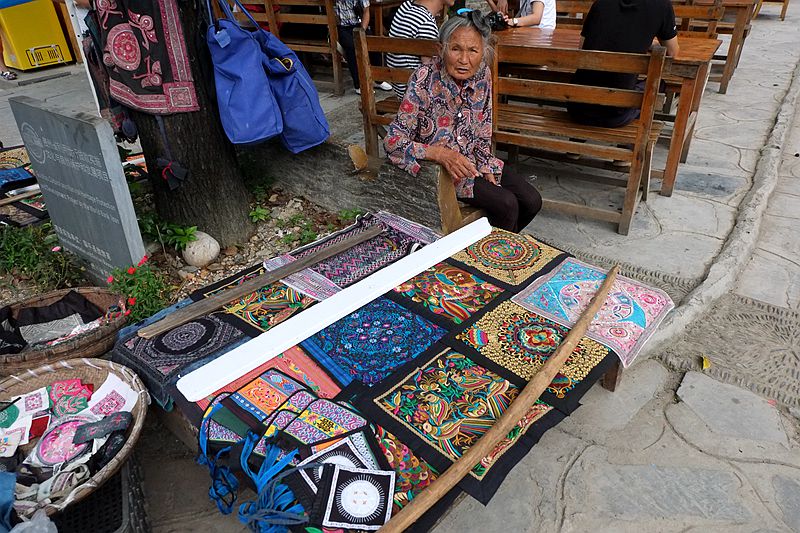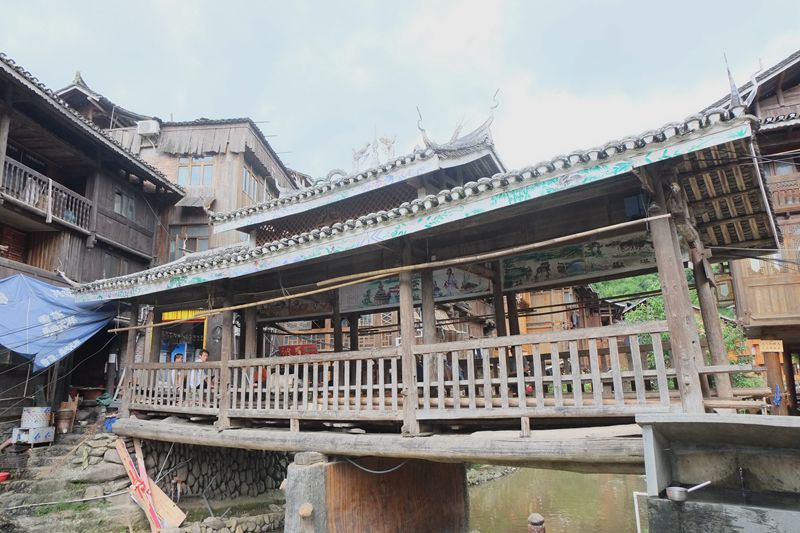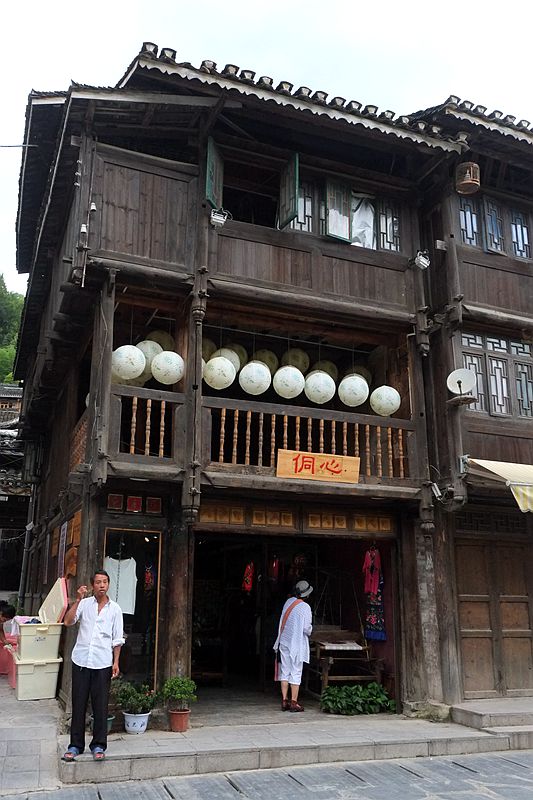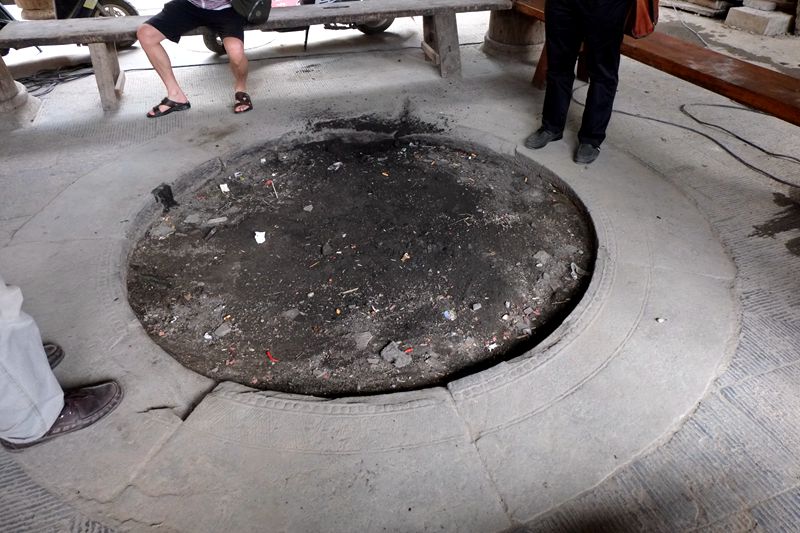Located in Liping County in southeast of Guizhou province, Zhaoxing Dong Village is one of the largest Dong Villages in China. Like Miao, Shui and Buyi, Dong (Kam) is also one of China’s 56 ethnic groups officially recognized by the Chinese government. Besides the Kam sweet rice, carpentry skills, another cultural representation of Dong people is drum tower.
While Zhaoxing Dong Village has the largest number of Dong drum towers in China, the most typical drum towers are the Zengchong Drum Tower in Congjiang.
According to a Dong legend, the drum towers were built in accordance with the sample of the “king of cedar”, which embodies the Dong people’s worship of big trees. Drum tower provides a venue for the whole village to discuss and settle important matters, hold important festivals or entertainments such as singing and playing musical instruments. However, a local tour guide said that it would take at least three days to fully talk about the story of the Dong drum towers.
As you walk down the street in the village, you may also find the street to be decorated with cobblestones, which is because the Dong Village is surrounded by mountains and river where there are lots of cobblestones. The Dong people, therefore, use these materials to decorate their streets.
Inside the village, you can also find there are restaurants and supermarkets, but compared with the Xijiang Miao Village, the Dong Village is more quiet with less travelers and commercialization.

A granny sells traditional Dong embroidery on one side of the street, but apparently her pocket is far from full of money as there are not enough travelers.

All the houses in Zhaoxing Dong Village are made of wood. This is because in southeastern part of Guizhou province where this village is located, besides the large scale of vegetation, a wooden house can more effectively prevent the wet air, especially in rainy season, from penetrating into the walls of people’s houses than a cement house.

As there are many ethnic minority groups living in Guizhou province, many of them share similar cultural features, for example the Wind and Rain Bridge. In Zhaoxing Dong Village, you can also find several Wind and Rain Bridges very close to those in the Xijiang Miao Village, but those in the Zhaoxing Dong village look older. As its name suggests, originally the Wind and Rain Bridges were used as shelter from rain and wind, but nowadays it is also being used as a courting place for young men and women.

This is a stage where local people perform Dongxi (侗戏), a Dong performance which Dong people created based on their daily life and work. As the show is only performed at night, those who want to spend the night in the village will not miss the opportunity.
Besides Dongxi, another form of entertainment for Dong people is playing Lusheng (芦笙), a traditional musical instrument made of bamboo pipes, which is also played by Miao people. The Lusheng Festival in Kaili, Guizhou is quite famous among local ethnic minorities, especially the Miao people.

In the Zhaoxing Dong Village, you can also find several circular fireplaces under the wooden pavilions, which are called Huo Tang (火塘) in Chinese. Huo Tang is often used in winter, and also as a social place for elders.
(Photos in the article were taken in Zhaoxing Dong Village by Sino-US.com reporter Chunmei.)
| Touched | Sympathetic | Bored | Angry | Amused | Sad | Happy | No comment |